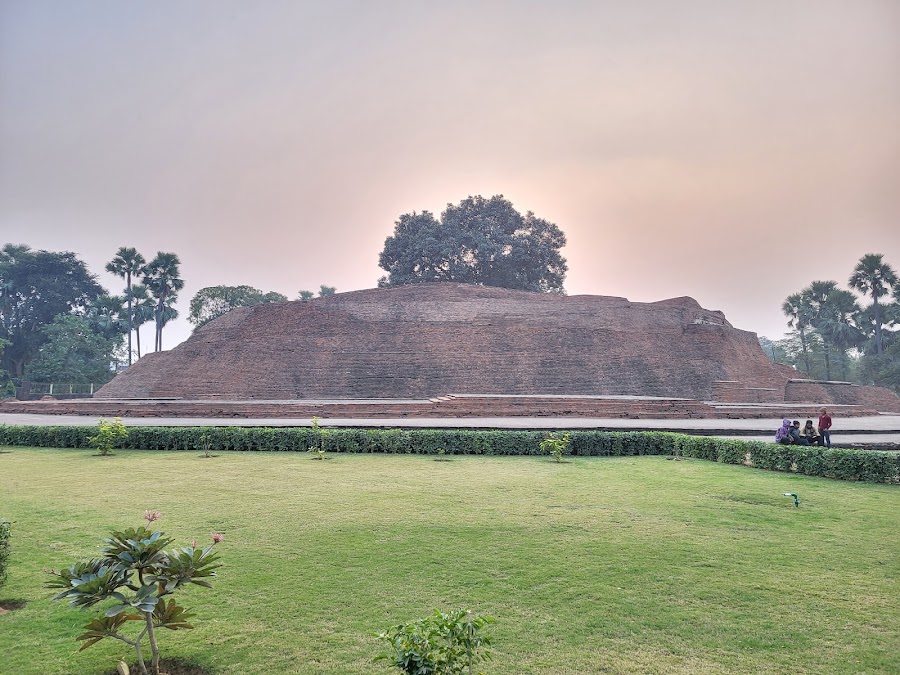
The Sujata Stupa
Gaya, India
- Explore the Sujata Stupa architecture.
- Interact with local villagers.
- Learn about the life of Buddha.
- Meditate in the peaceful surroundings.
- Visit the nearby Niranjana River.
Known for:
Description:
The Sujata Stupa, also known as Sujata Garh, stands as a poignant reminder of a pivotal moment in the life of Siddhartha Gautama before he attained enlightenment and became the Buddha. Located in Bakraur village near Bodh Gaya, it marks the spot where Sujata, a village woman, offered him a bowl of milk-rice, ending his severe ascetic practices. The stupa symbolizes the importance of the middle path, advocating for balance rather than extreme self-denial. Its serene atmosphere and historical significance attract pilgrims and tourists seeking spiritual insight and a connection to the Buddha's early journey. The surrounding area offers a glimpse into rural Indian life, adding to the cultural experience.
History:
Before attaining enlightenment in Bodh Gaya, Siddhartha Gautama spent six years practicing extreme asceticism, believing it would lead him to liberation. Severely weakened, he collapsed near the Niranjana River. Sujata, a village woman, offered him a bowl of milk-rice, which he gratefully accepted. This act restored his strength and made him realize the futility of self-mortification. He then abandoned asceticism and embraced the 'middle path,' focusing on meditation and mindfulness. The Sujata Stupa was built to commemorate this event, marking the location where Sujata offered the milk-rice. Over the centuries, the stupa has been renovated and maintained, serving as a sacred site and a testament to the importance of balance in spiritual practice.